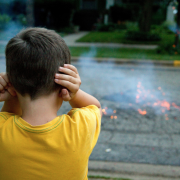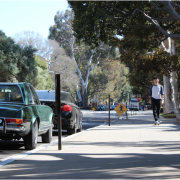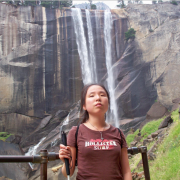Community Mother and Graduate Student Led Project, Creating Spaces Paves Way for Lactation Support
In September of 2014, new mom LeighAnna returned from summer break to her graduate studies at the University of California, Los Angeles (UCLA) only several weeks after giving birth due to threats her funding would lapse. She was determined to breastfeed her child saying, “I wanted to show my daughter it was possible to be both a mother and professional. I wanted her to have the best start in life and, frankly, I couldn’t afford to feed her formula.”
LeighAnna knew pumping breast milk on campus was her right as stated in the 2010 Affordable Care Act, 2015 California Education code 222, and 2002 Labor code 1030. These laws mandated that as a university and employer, UCLA must provide sufficient break time to pump, and appropriate, clean, and private lactation spaces. Under UC student insurance policy comprehensive women’s healthcare, LeighAnna should have lactation education resources.
While policy was designed to protect LeighAnna’s rights, the reality of her pumping experience was discriminatory. Recounting her first days back LeighAnna said, “I was not aware of how the built environment on campus would make it nearly impossible for me to mother my child.” Lactation spaces are far and she did not have sufficient breaks so she went hours without pumping. LeighAnna was forced to use public bathrooms or basements that were unclean and demeaning. Soon she noticed painful swelling in her breasts but said, “there was no one to turn to for information about what was happening to my body.” From the stress of feeding her child, LeighAnna developed a painful abscess sending her to the emergency room.
LeighAnna’s experiences were not uncommon, as several PhD mothers have shared similar experiences. These courageous women organized together to change the narrative of mothers on campus forming the Mothers of Color in Academia de UCLA (MOCA) to mobilize for institutional change. As part of their advocacy efforts they meet weekly with university stakeholders representing student parents interests. MOCA’s organize monthly and quarterly events and actions on campus building community and raise visibility. They have put forth a petition highlighting childcare access, financial support for parenting students, and other resources to ensure UCLA supports diverse student populations, especially parenting students who are often unseen in academia. Lactation spaces and breastfeeding are at the forefront of their petition’s demands and their petition has over 700 supporters to date.
Experts agree that breastfeeding is the best nutritional practice, with numerous benefits both for the individual, child, and society. The American Academy of Pediatrics recommends six months of exclusive breastfeeding. Dr. May Wang, Professor at UCLA Fielding School of Public Health and Maternal and Child Nutrition specialist, explains, “Babies that are exclusively breastfed for six months are less likely to get infections and develop allergies while the mother has decreased risk for cancer. Breastfeeding also promotes bonding and natural birth spacing.” The Surgeon General of the United States notes that exclusive breastfeeding could save between $1,200-$1,500 annually on formula costs. Breastfeeding also lowers healthcare costs and improves worker productivity.
Despite the benefits of breastfeeding, women still struggle with discriminatory burden in education settings. A 2016 press release from Breastfeed LA reported, 60% of working breastfeeding mothers do not have access to appropriate break time or spaces and most schools do not have lactation policy. This leads to a drop in breastfeeding rates once mothers re-enter the university. The Centers for Disease Control and Prevention report only 24% of mothers in California breastfeed exclusively for 6 months. Yet, few studies exist documenting the lactation needs on college campuses.
While UCLA policy states that UCLA will provide, “private lactation space” and “lactation break periods” for employees, evidence shows a different reality. The official map of lactation spaces lists 10 lactation spaces spread over 419 acres of land and 163 buildings. MOCA mothers recounted that they usually walked for over 20 minutes to reach a designated lactation space, which was still often inaccessible or inappropriate. In comparison, UC Davis has over 35 lactation spaces spread out to ensure no distance is more than a 5 minute walk. There is no data at UCLA on the needs of lactating individuals. The Student Workers Union (UAW-285) summarizes the situation explaining, “the university campus is configured to be less accessible to women, particularly mothers.”
In response, a new graduate student led project, Creating Space, has emerged to improve the UCLA breastfeeding climate. The project is born out of MOCA’s organizing efforts, founded by The Reproductive Health Interest Group (RHIG) and lead in dual partnership, bringing together a vast list of stakeholders including: UCLA Healthy Campus Initiative, Health Campus Initiative Be Well Pod, UCLA facilities, UCLA transportation, ASHE Student Health & Wellness Center, UCLA Student Health Education & Promotion, Bruin Resource Center Students with Dependents, Student Workers Union (UAW-2865), Staff Assembly, and Fielding School of Public Health. Despite a long list of partners, Creating Space retains community ownership with the MOCA mothers.
The project involves four distinct phases implemented in 2016-2017 to improve the UCLA breastfeeding climate. The Creating Space stakeholder group, including MOCA, community stakeholders, student researchers from RHIG, will:
- Conduct a needs assessment capturing the qualitative experiences of students.
- Form a stakeholder group across campus to guide implementation of the project and strengthen the voice of parenting students.
- Increase access to lactation education by training UCLA staff in lactation counseling in Spring 2017.
- Map and assess existing UCLA lactation spaces and increase the number of lactation rooms on campus.
Through the continued grassroots efforts of MOCA, support through the stakeholder group and founding organization RHIG, Creating Space will create a positive breastfeeding climate on UCLA campus. If successful, the Creating Space project could become a new model to update existing universities breastfeeding climate and breastfeeding mother’s like LeighAnna will have the institutional and cultural support they are entitled to. This groundbreaking work will pave the way and incite future organizing efforts, led by parenting students like MOCA, to advocate and demand lactation services and attention to parenting needs as a reproductive right.
Written by Jasmine Uysal, BA, MPH Student; LeighAnna Hidalgo, PhD Candidate; Christine Vega, PhD Candidate; Nora Cisneros, PhD Candidate; and Ingrid E.Talavera-Gutierrez, BA Student.
Bio: Creating Space is a lactation accommodation, support, and education program designed to improve the breastfeeding climate at UCLA. Creating Space was inspired from the courageous advocacy campaign centered around rights of parenting students started by the Mothers of Color in Academia (MOCA) and founded by The Reproductive Health Interest Group (RHIG) out of the UCLA Fielding School of Public Health. Together the organizations have partnered their efforts going forward to maximize impacts and community empowerment with emphasis on community ownership. As community based participatory research, Creating Space seeks to meet the needs of lactating mothers on campus and while researching and documenting mother’s lactation experiences on UCLA campus. To connect with MOCA or RHIG please contact mothersofcolorinacademia@gmail.com and uclarhig@gmail.com.
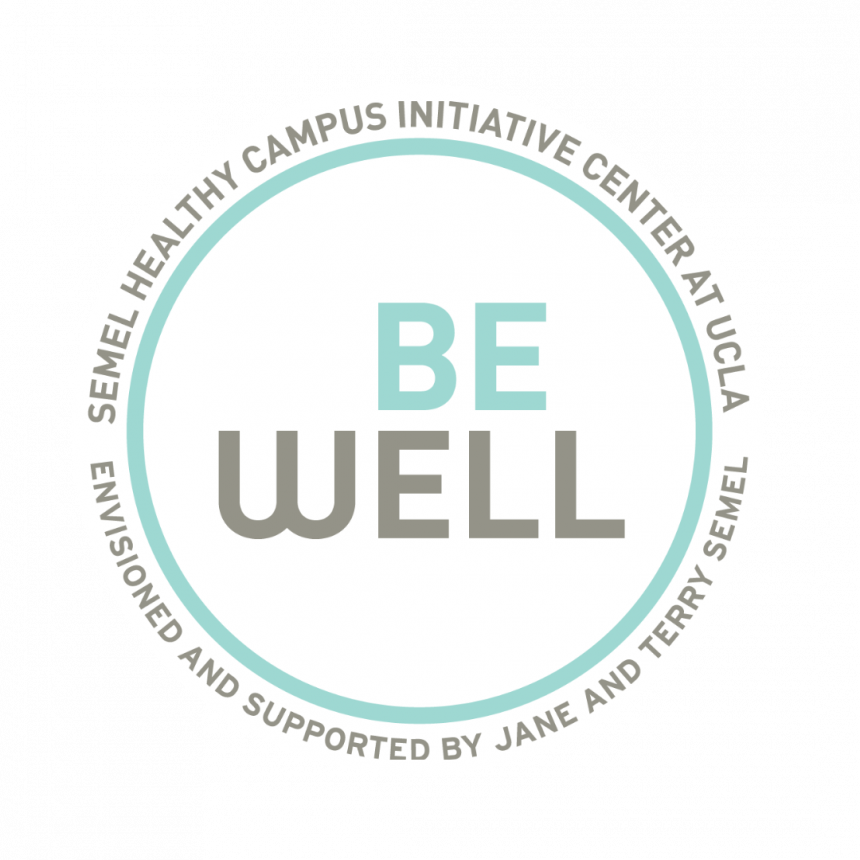
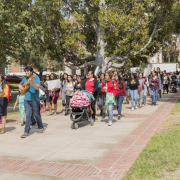
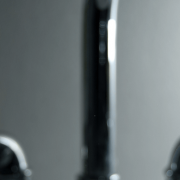

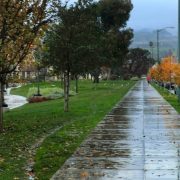
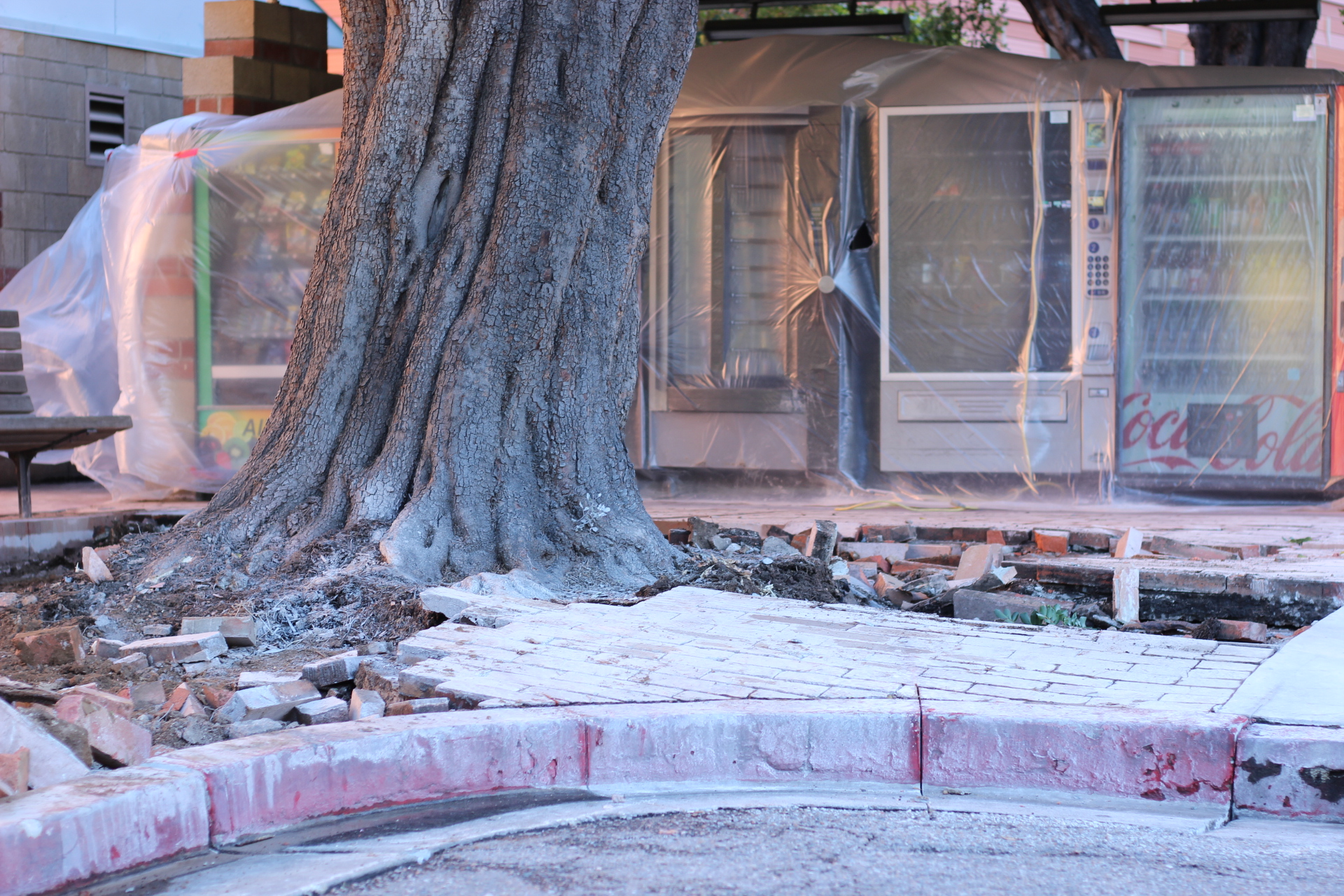
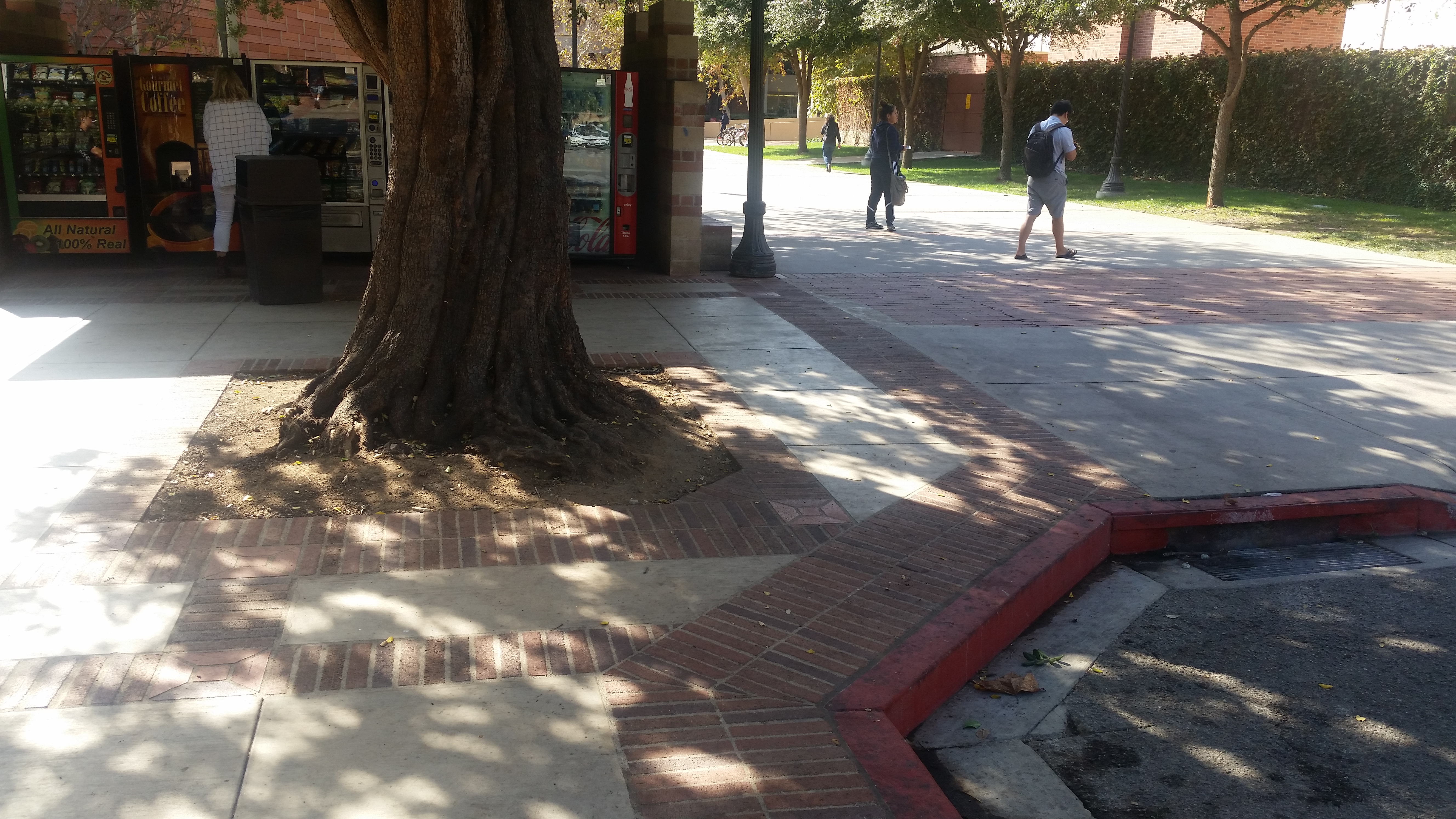


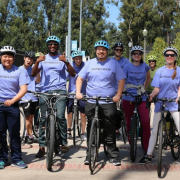
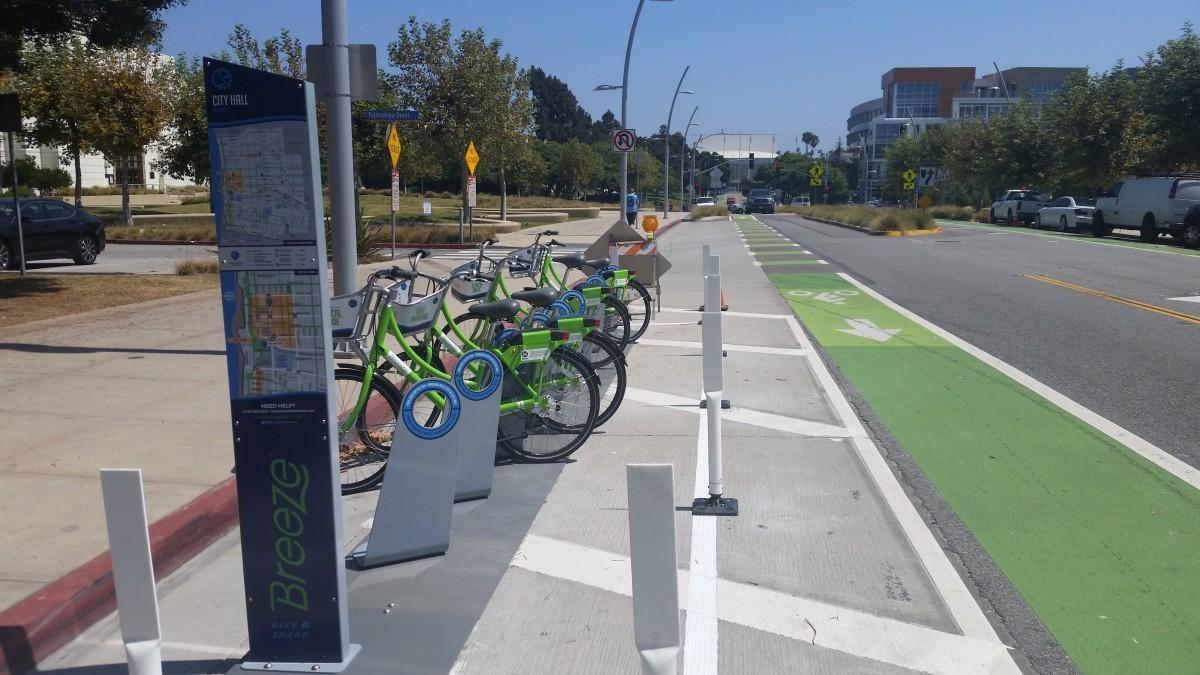

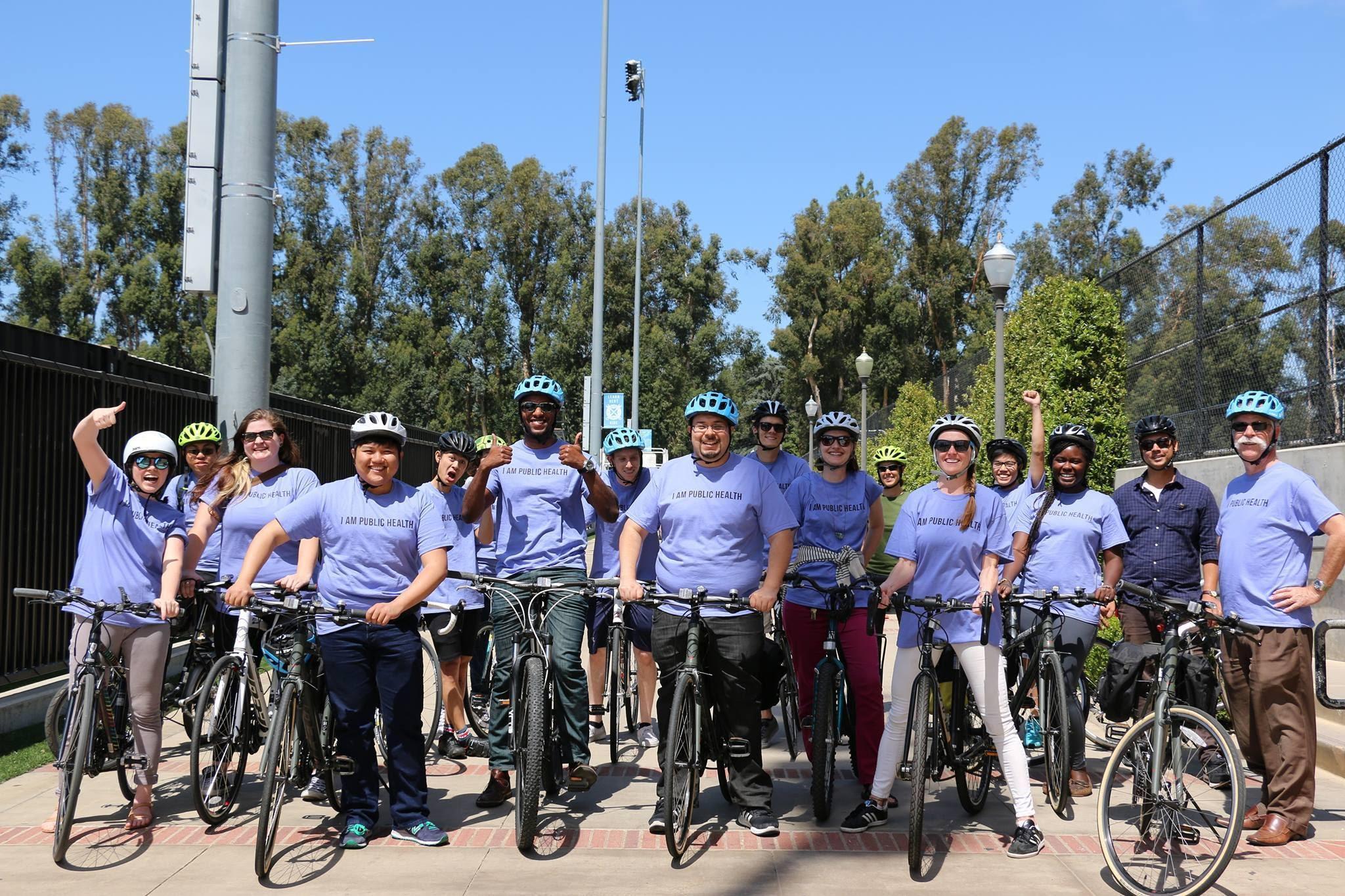
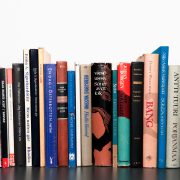
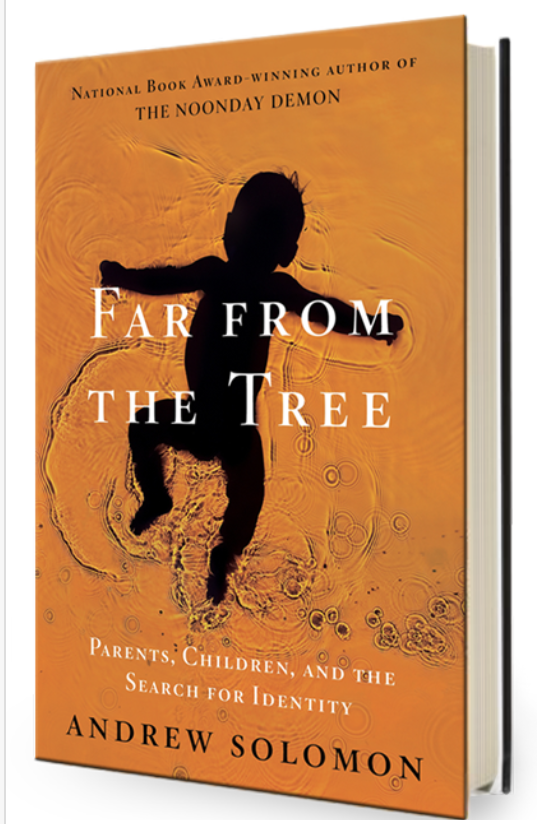 As a person with disability and a student pursuing a Disability Studies minor, I have read a lot of literature on disability. While there are many great books on disability, my favorite is Far From the Tree: Parents, Children, and the Search for Identity.
As a person with disability and a student pursuing a Disability Studies minor, I have read a lot of literature on disability. While there are many great books on disability, my favorite is Far From the Tree: Parents, Children, and the Search for Identity.